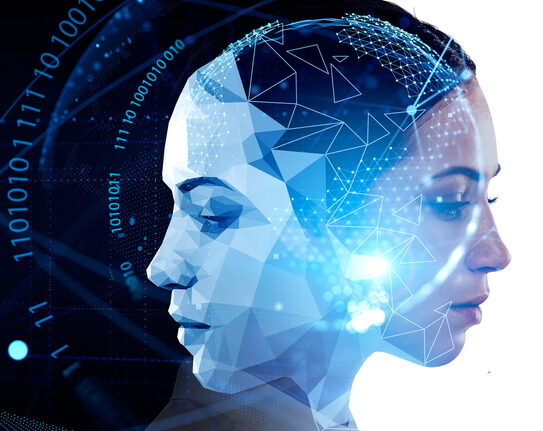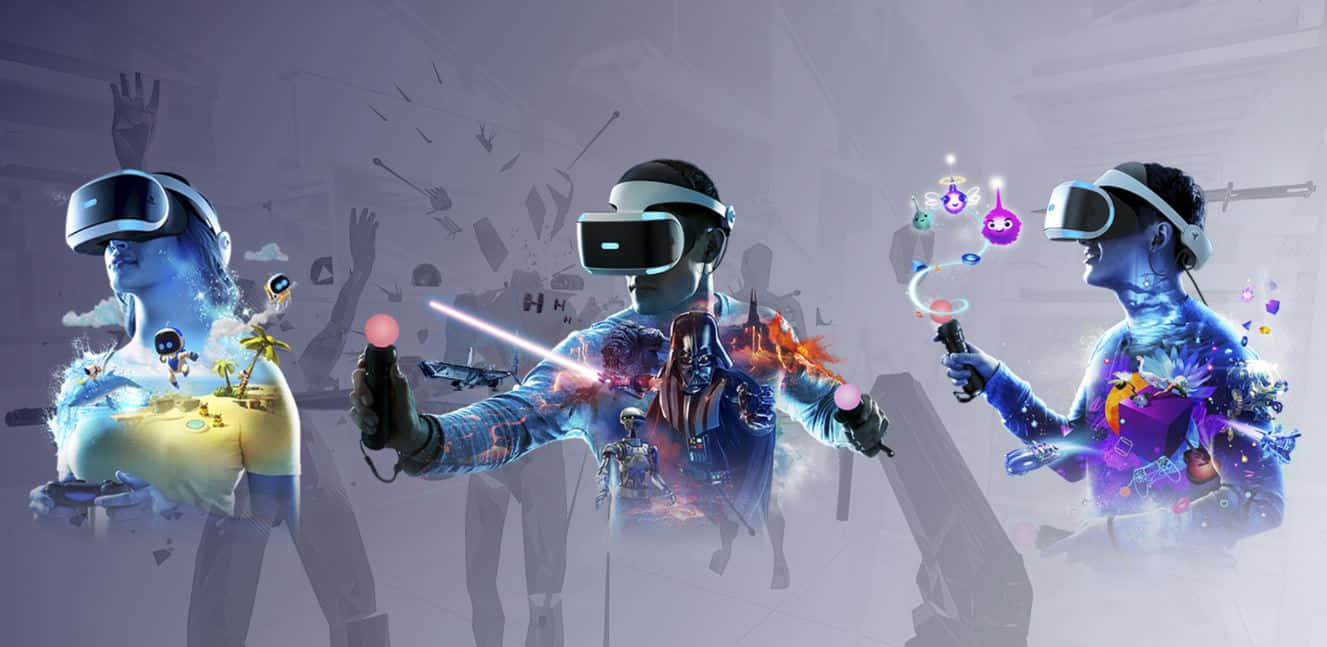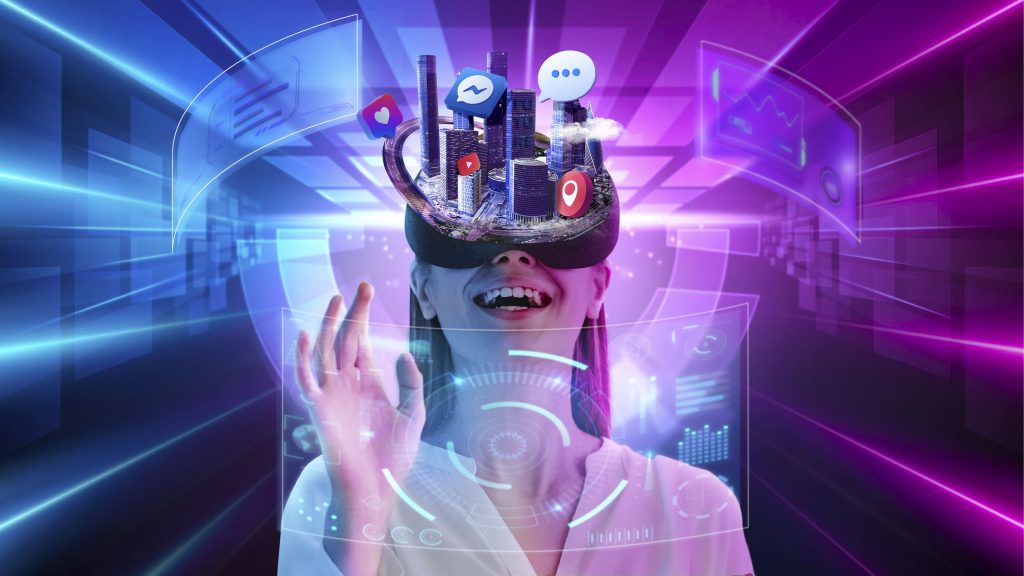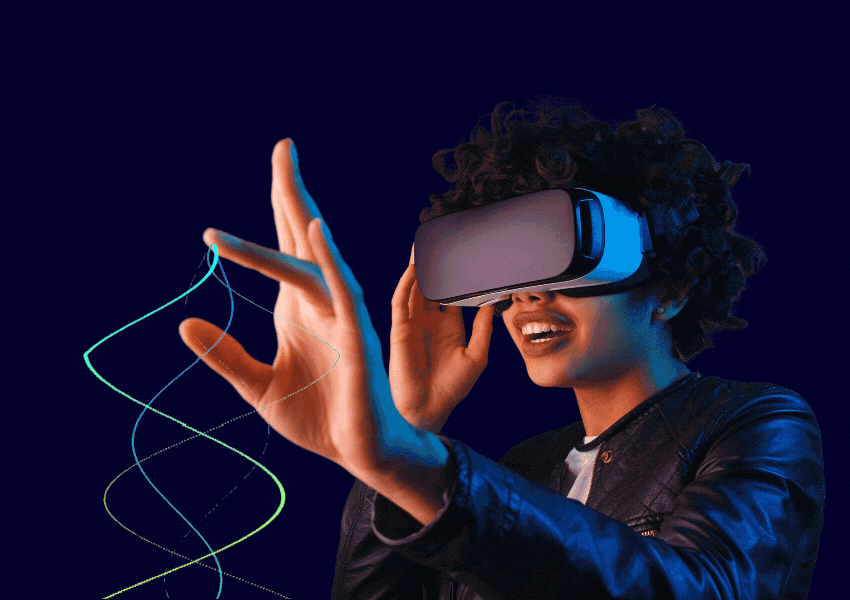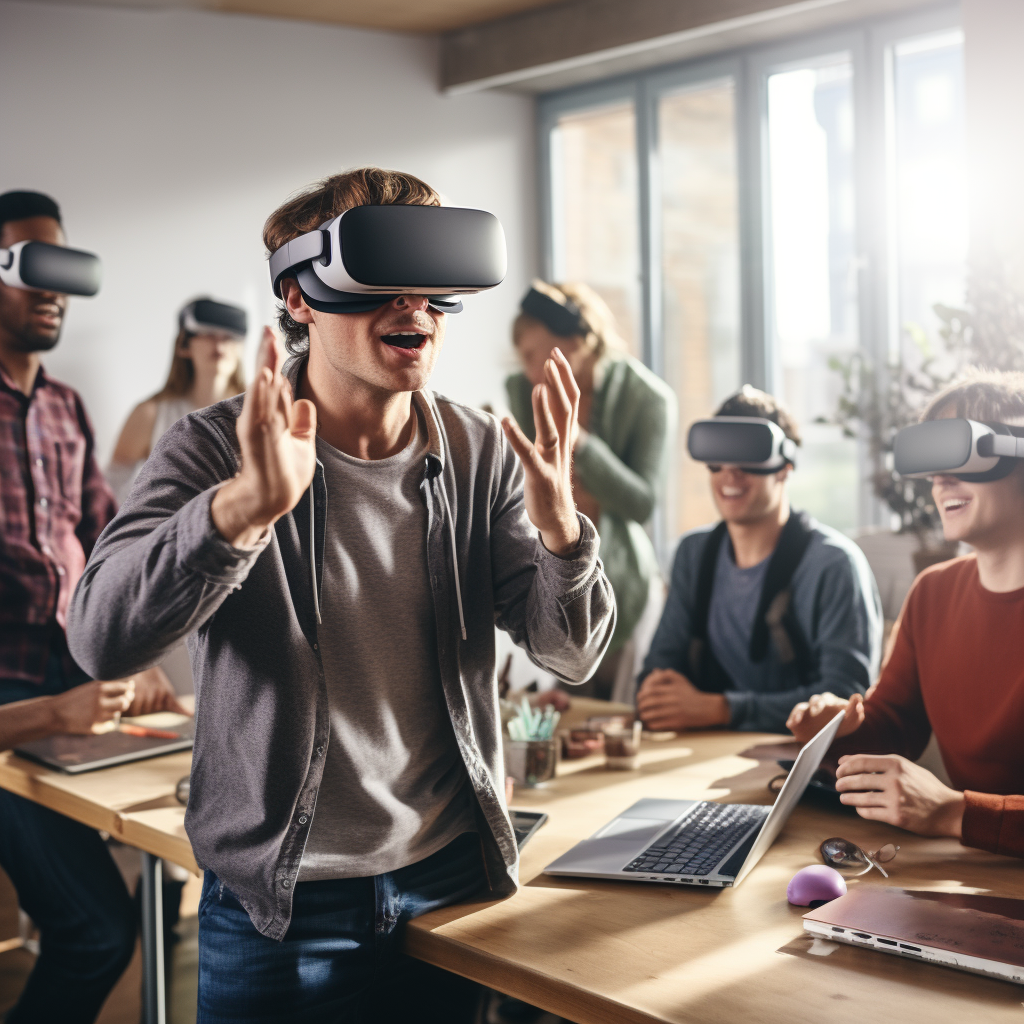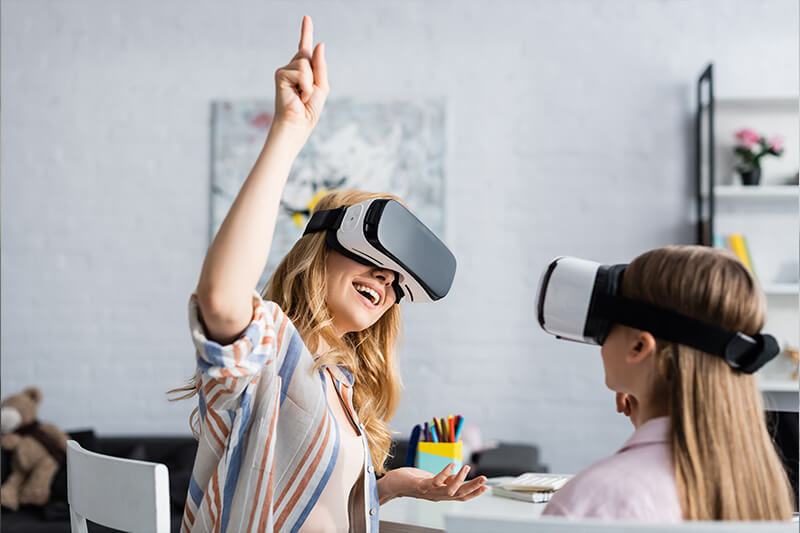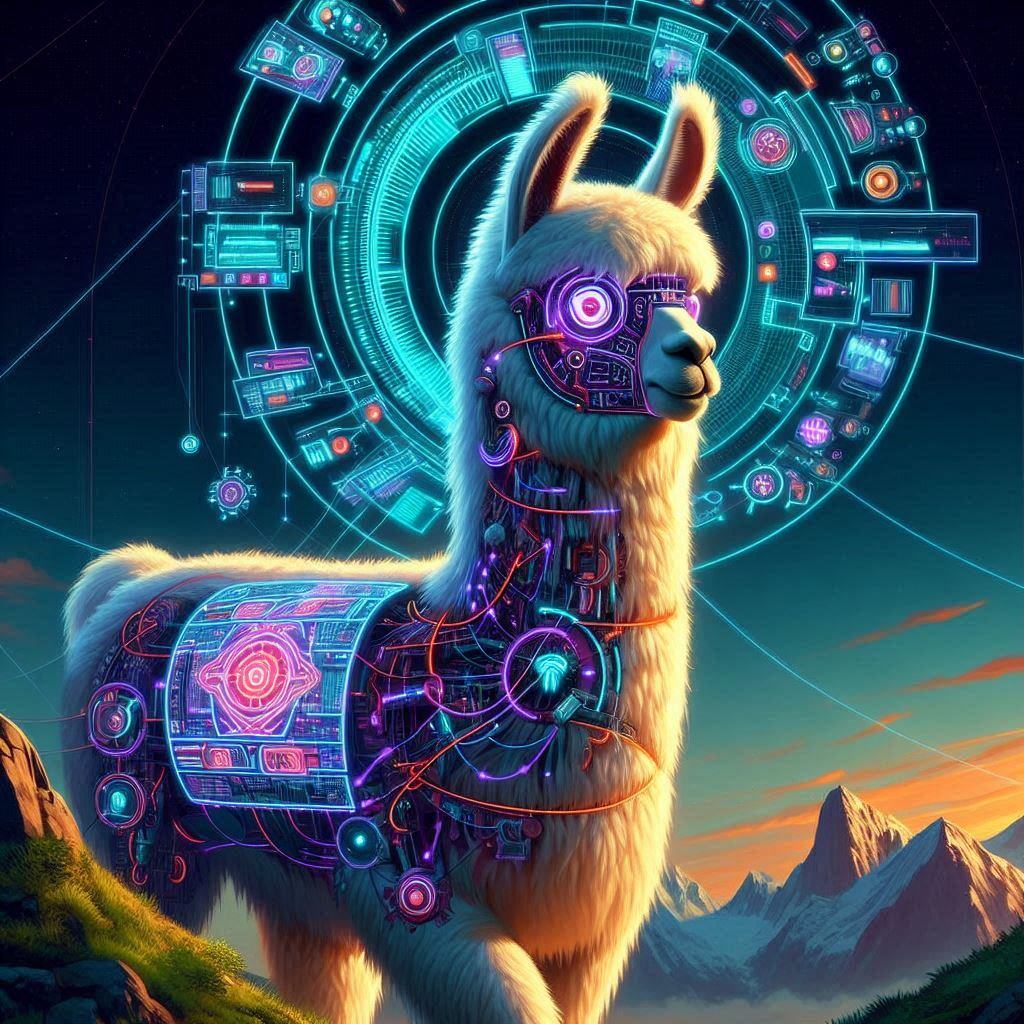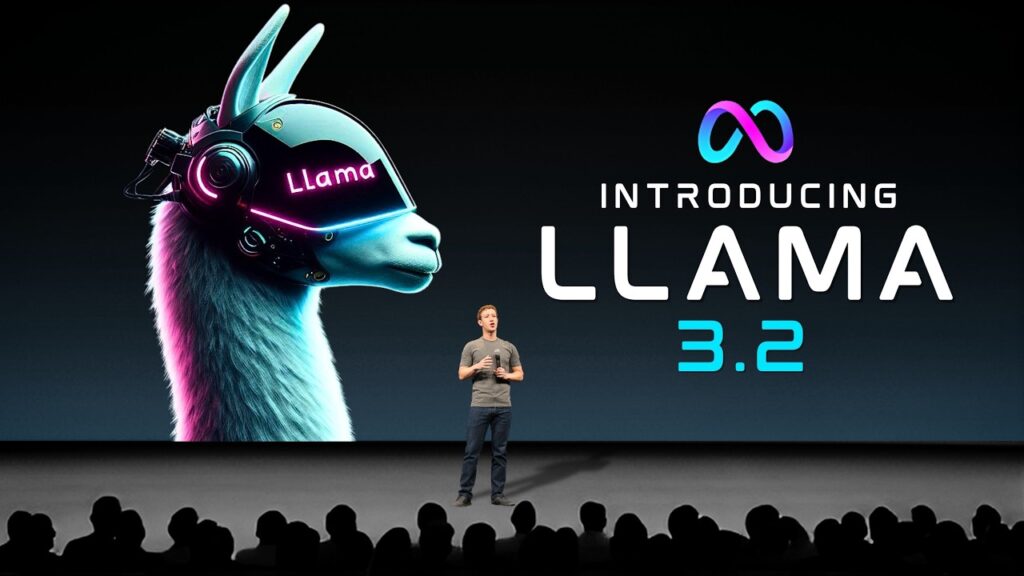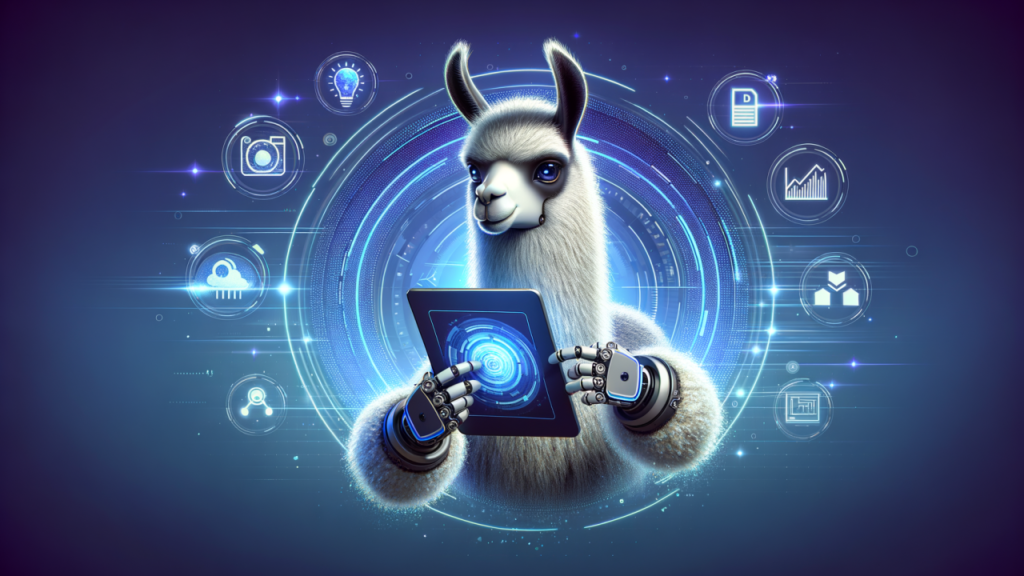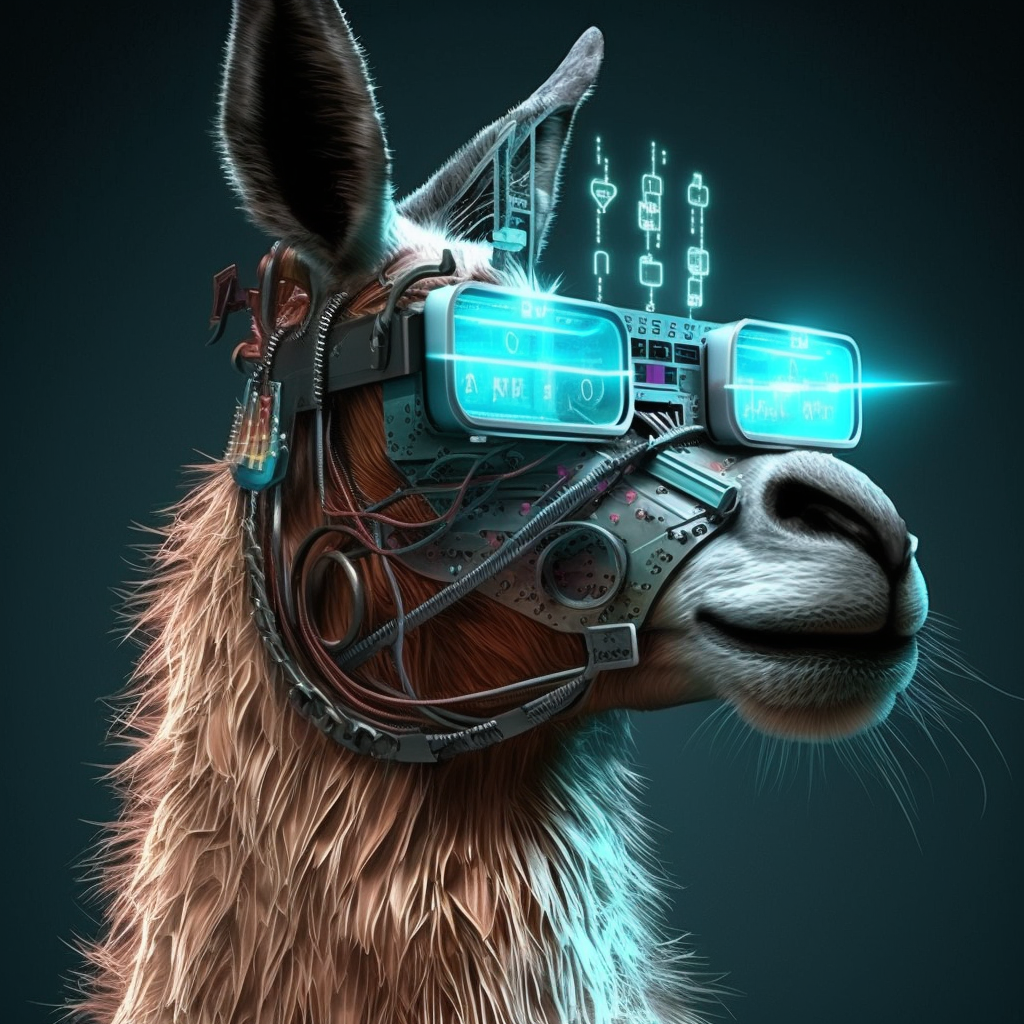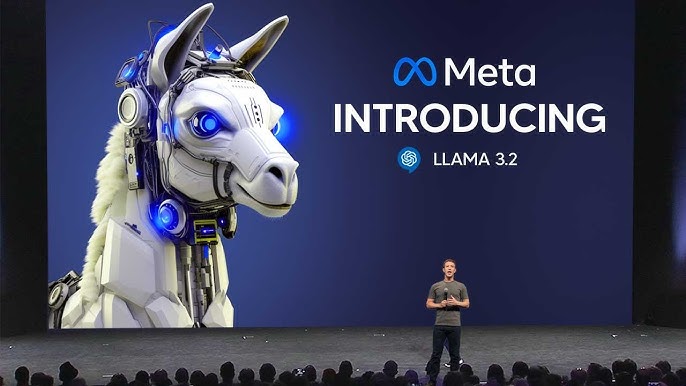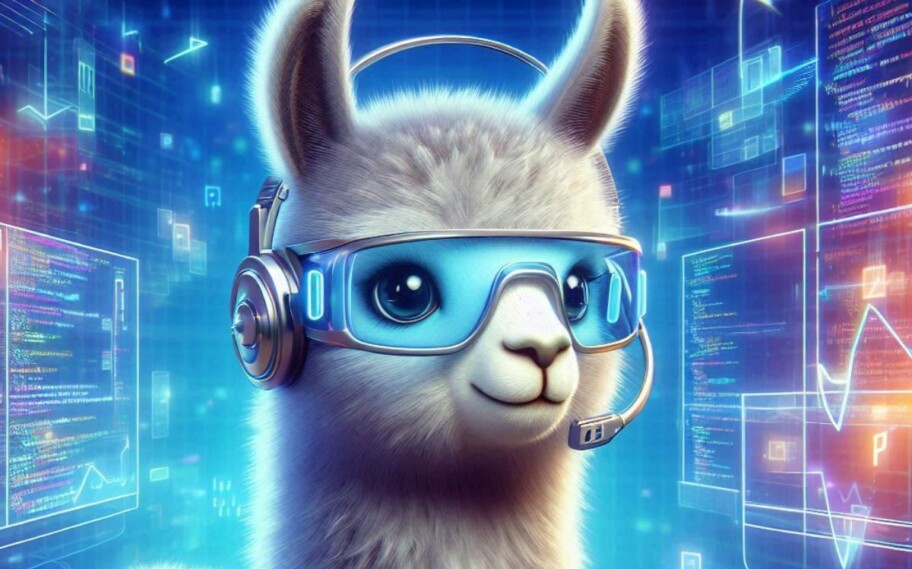Learn Why Now, What’s Next, and How to Win in an AI-Driven World
Learn Why Now
What's Next, and How to Win in an AI-Driven World
The AI revolution is no longer a distant horizon—it’s the present. From automating workflows to redefining creativity, artificial intelligence is reshaping industries, economies, and daily life at breakneck speed. For businesses and individuals alike, the choice is stark: adapt now or risk irrelevance. This article breaks down why immediate action is critical, explores emerging AI trends poised to dominate the next decade, and delivers actionable strategies to thrive in this transformative era.
Why Now? The Urgency of AI Adoption
1. The Tipping Point of AI Maturity
AI has evolved from a speculative technology to a foundational business tool. Early experiments with chatbots and image generators have given way to enterprise-grade systems that drive measurable ROI. Companies using AI for supply chain optimization, for instance, report 40% faster decision-making and 25% cost reductions. The cost of waiting? Falling behind competitors who leverage AI to innovate faster, personalize customer experiences, and streamline operations.
2. Consumer Expectations Demand AI Integration
Customers now expect hyper-personalization. AI-powered recommendation engines, instant customer service bots, and predictive analytics are table stakes. Brands that fail to deliver these experiences lose market share: 68% of consumers abandon companies that feel “outdated” or impersonal.
3. The Rise of AI-First Competitors
Startups and tech giants alike are building AI-first business models. Think of companies automating legal contracts, AI-driven healthcare diagnostics, or autonomous logistics networks. These disruptors aren’t just improving old systems—they’re rewriting industry rules. Traditional businesses must adopt AI to compete or face obsolescence.
4. Regulatory and Ethical Deadlines
Governments are fast-tracking AI regulations, from data privacy laws to transparency mandates. The EU’s AI Act, for example, bans high-risk applications like emotion recognition in workplaces. Companies that delay ethical AI practices risk fines, reputational damage, and lost trust.
What’s Next? The AI Trends Shaping Tomorrow
1. Agentic AI: From Tools to Colleagues
The next wave of AI isn’t just reactive—it’s proactive. Agentic AI refers to systems that independently plan, execute, and refine tasks. Imagine an AI sales agent that not only answers customer queries but also identifies upsell opportunities, negotiates terms, and updates CRM records. These systems will:
-
Autonomously solve problems (e.g., rerouting shipments during disruptions).
-
Learn from mistakes without human intervention.
-
Collaborate with other AI agents (e.g., merging marketing and inventory data to optimize campaigns).
2. Generative AI 2.0: Precision Over Hype
The first wave of generative AI focused on content creation (text, images, code). The next phase targets precision industries:
-
Healthcare: AI-designed molecules for drug discovery, reducing trial timelines from years to months.
-
Manufacturing: Generative design tools creating lightweight, durable components impossible for humans to conceptualize.
-
Finance: AI simulating market scenarios to predict risks and opportunities with uncanny accuracy.
3. Ethical AI: From Buzzword to Business Imperative
As AI grows more powerful, so do concerns about bias, privacy, and accountability. Winning organizations will:
-
Build explainable AI (systems that justify decisions in plain language).
-
Adopt federated learning (training models on decentralized data to protect privacy).
-
Implement AI ethics boards to audit algorithms and ensure fairness.
4. Sustainable AI: Balancing Innovation and Ecology
AI’s energy consumption is under scrutiny. Forward-thinking companies are prioritizing:
-
Green AI models: Energy-efficient architectures that reduce compute power.
-
Carbon-aware cloud platforms: Tools that schedule AI tasks during low-energy periods.
-
AI for sustainability: Using machine learning to optimize energy grids, reduce waste, and monitor ecosystems.
5. Democratized AI: No-Code Tools and Citizen Developers
Low-code platforms are putting AI in the hands of non-technical users. Marketing teams build customer segmentation models, teachers create personalized lesson plans, and small businesses forecast inventory—all without writing code. This shift will unleash a wave of grassroots innovation.
How to Win? Strategies for Dominance in the AI Era
1. Build an AI-Ready Culture
-
Upskill relentlessly: Train employees to work alongside AI, not against it. Focus on critical thinking, data literacy, and ethical decision-making.
-
Break silos: Foster collaboration between IT, operations, and creative teams. AI thrives on cross-functional data.
-
Embrace experimentation: Dedicate resources to pilot projects. Fail fast, learn faster.
2. Modernize Your Data Infrastructure
AI is only as good as the data fueling it. Prioritize:
-
Unified data lakes: Centralize fragmented data sources for seamless AI access.
-
Real-time analytics: Invest in tools that process streaming data (e.g., IoT sensors, social media feeds).
-
Data governance: Clean, label, and secure data to meet regulatory standards.
3. Focus on Vertical AI Solutions
Generic AI tools won’t cut it. Win by tailoring AI to your industry’s unique challenges:
-
Retail: Deploy AI for dynamic pricing, shelf optimization, and AR-powered shopping.
-
Healthcare: Use AI to analyze medical imaging, predict patient readmissions, and automate administrative tasks.
-
Agriculture: Leverage drones and AI to monitor crop health, predict yields, and optimize irrigation.
4. Prioritize Human-AI Collaboration
The future isn’t humans vs. machines—it’s humans and machines. Design workflows where:
-
AI handles repetitive tasks (data entry, report generation).
-
Humans focus on creativity, strategy, and empathy (e.g., patient care, brand storytelling).
-
Feedback loops exist: Humans refine AI outputs; AI provides insights to guide decisions.
5. Bet on Ethical Transparency
Trust is the ultimate currency in the AI age. Differentiate your brand by:
-
Auditing AI systems for bias and accuracy.
-
Being transparent about how AI influences decisions (e.g., “This loan rate was set by an AI trained on X data”).
-
Giving users control: Let customers opt out of AI interactions or request human support.
6. Secure Your AI Ecosystem
AI introduces new vulnerabilities. Protect your business by:
-
Guarding against adversarial attacks: Hackers can trick AI models with manipulated data.
-
Encrypting AI workflows: Ensure data used to train models remains confidential.
-
Preparing for regulation: Stay ahead of laws governing AI use in your industry.
The Road Ahead: AI as a Catalyst for Reinvention
The AI-driven world rewards agility, foresight, and ethical courage. Organizations that procrastinate will struggle to catch up, while those acting now will shape the future. Key takeaways:
-
Speed matters: Early adopters gain unbeatable advantages in data, talent, and market share.
-
Specialize or stagnate: Vertical AI solutions outperform generic tools.
-
Ethics drive loyalty: Transparent, fair AI builds customer and employee trust.
-
Empower people: AI amplifies human potential—don’t replace, augment.
The next decade will separate AI pioneers from bystanders. Whether you’re a CEO, entrepreneur, or professional, the time to act is now. The future belongs to those who harness AI not as a tool, but as a strategic partner in reinvention.
Talent Development’s LMS
Talent Development’s LMS, a flexible platform equipped with user-friendly features for course creation, assessments, and reporting. Suitable for organizations of all sizes, it provides scalability and adaptability to meet evolving needs. Many companies utilizing this LMS have reported increased employee satisfaction and enhanced training efficiency. Additionally, Talent Development delivers a range of solutions, including Talent Development Software, LMS for colleges, LMS for schools, LMS for corporations, and LMS for businesses, ensuring that organizations have the necessary tools to foster a culture of learning and development.

